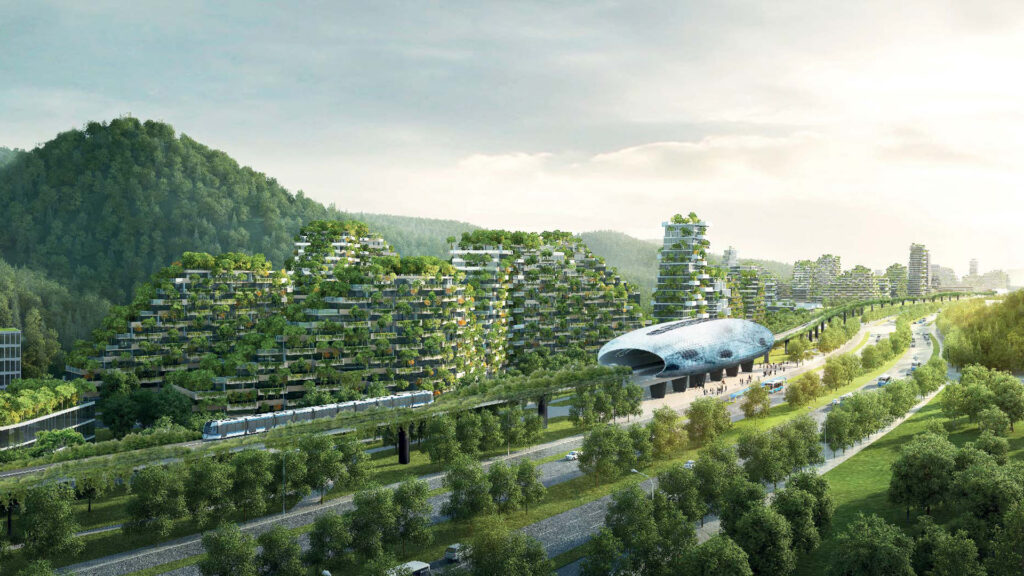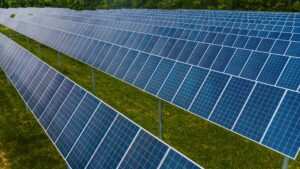Smart Traffic Management
One of the major challenges in urban areas is dealing with traffic congestion and associated pollution. Smart greener cities are employing advanced technologies for effective traffic management. Examples of this include adaptive traffic signals that use AI and real-time traffic conditions to optimize traffic flow and digital platforms for ride-sharing. This action can decrease the number of vehicles on the road. Cities like Singapore and Copenhagen are pioneering in this area, implementing advanced systems for smart traffic management, resulting in not only improved traffic flow but also a reduction in carbon emissions.
Energy-Efficient Infrastructure
Moreover, creating an energy-efficient city requires a foundation built on sustainable infrastructure. From green buildings that utilize natural light and ventilation to minimize energy consumption to effective waste management systems that convert waste into energy. There are many aspects of infrastructure that can be designed to be leaner and greener. Vienna, Austin and Zurich are leading by example, having incorporated designs and technologies that promote energy efficiency at the core of their city landscapes.
Renewable Energy Sources
In addition, another significant contender in achieving sustainability is the transition to renewable sources of energy. Cities are gradually shifting away from fossil fuels and utilizing solar, wind, and hydro energy. They are employing smart grids powered by AI to effectively manage and distribute these renewable energies. Examples of green cities obtaining their energy from renewable sources include San Francisco, committed to achieving 100% renewable energy. Another city is Reykjavik which is entirely powered by geothermal and hydropower.
Urban Farming and Green Spaces
Urban farming and the introduction of green spaces within city boundaries have multiple benefits. For example, counteracting air pollution, reducing the heat island effect and boosting local food production. Vertical farms and rooftop gardens, supported by hydroponic technologies, are innovative approaches to urban agriculture. So, cities like Detroit and Tokyo have integrated urban farming as a part of their city planning, promoting local food production and greener living environments.
In conclusion, the trend toward sustainability is causing a revolution in cities worldwide. Through the adoption of new technologies and innovative approaches, urban environments are undergoing optimization for a greener, more energy-efficient future. As this evolution progresses, the idea of achieving a genuinely sustainable city is coming closer to fruition.


